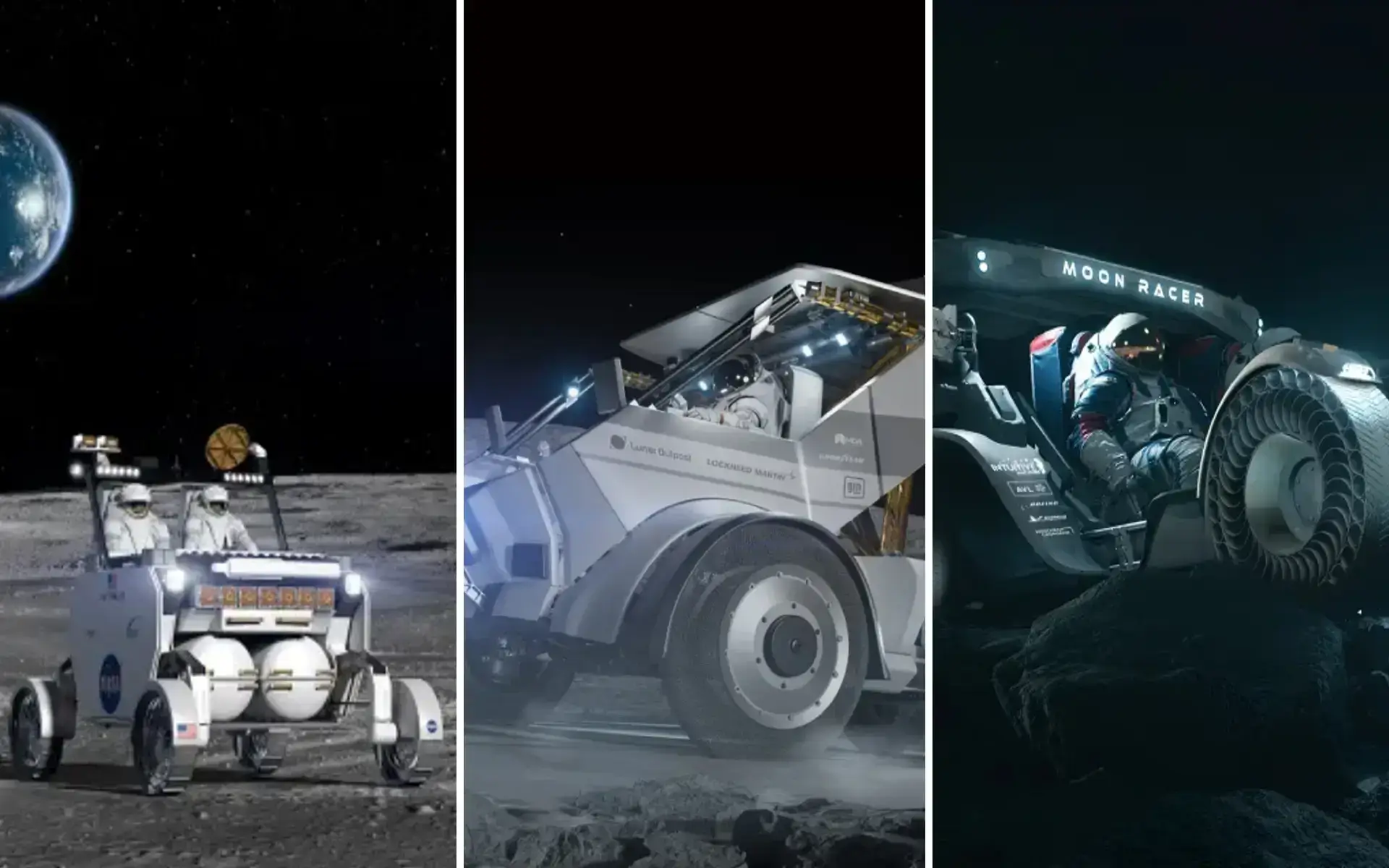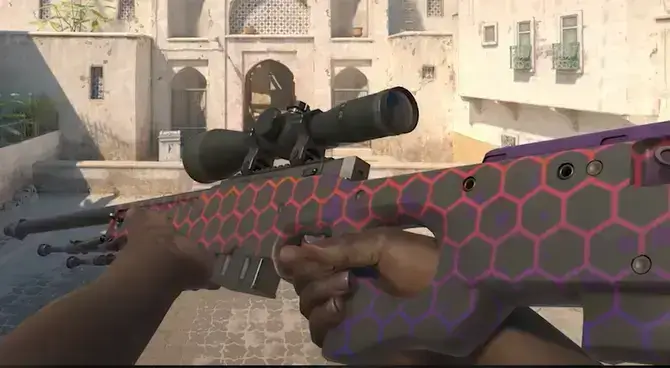NASA has chosen three frontrunners—Intuitive Machines, Lunar Outpost, and Venturi Astrolab—to conceive technologies for a Lunar Terrain Vehicle (LTV), the modern-day successor to the iconic ‘Moon buggy’.
Announced on Thursday, NASA’s selection of Intuitive Machines, Lunar Outpost, and Venturi Astrolab will pave the way for the development of the much-anticipated Lunar Terrain Vehicle. The LTV, as the successor to the renowned Moon buggy, will play a pivotal role in NASA’s Artemis missions, enabling astronauts to explore the lunar surface with increased mobility.
“We look forward to the development of the Artemis generation lunar exploration vehicle to help us advance what we learn at the Moon. This vehicle will greatly increase our astronauts’ ability to explore and conduct science on the lunar surface while also serving as a science platform between crewed missions” – Vanessa Wyche, director of NASA’s Johnson Space Center in Houston, said in a statement today.
Incorporating the LTV into the Artemis 5 mission, NASA aims to enhance its exploration capabilities. The vehicle should withstand the harsh conditions of the Moon’s South Pole and incorporate advanced technologies for autonomous driving and power management. It should also feature cutting-edge communications and navigation systems.
The LTV will serve as a vital tool in numerous mission operations. It will allow crews to traverse the lunar surface, gather samples, and transport scientific equipment further than they could ever achieve on foot, especially given the encumbrance of space suits.
Given that the Artemis 2 mission, initially slated for a 2023 launch, is yet to lift off, the three selected companies should have ample time to meet the stringent technical requirements set by the space agency.
NASA will be procuring the LTV as a service from the industry, pledging up to $4.6 billion for an “indefinite-deliver/indefinite-quantity”, milestone-based LTV Services contracts with firm-fixed-price task orders. However, the actual cost of one LTV and associated services remains unclear, suggesting that NASA will make further decisions once developmental progress is ascertained.
The three chosen companies will commence with a feasibility task order, a year-long special study aimed at meeting agency requirements through a preliminary design maturity phase. Following this, NASA will expect the construction of an LTV for a demonstration mission, which will land on the Moon ahead of Artemis 5 to validate its safety and performance.




